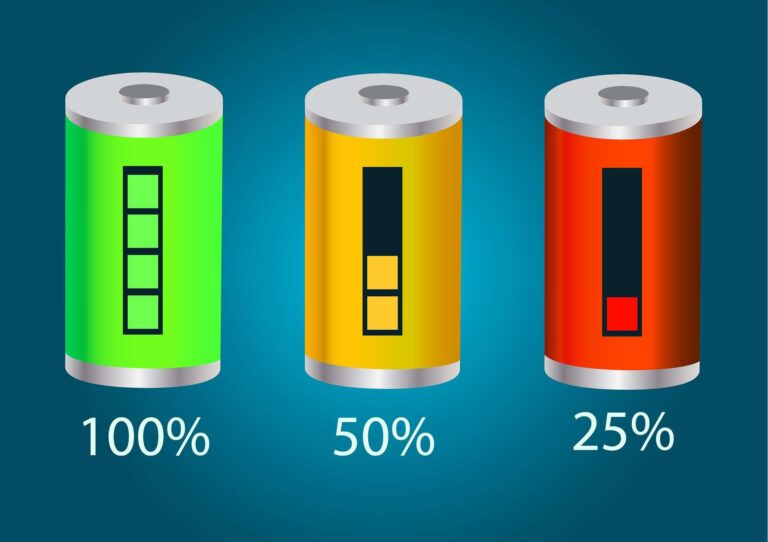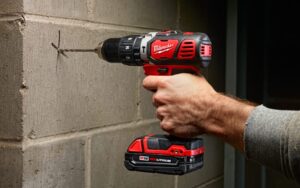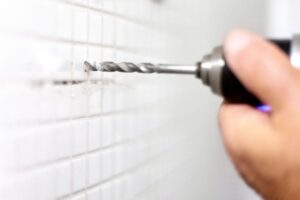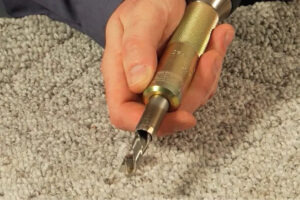Ever had your beloved cordless drill died on you while you are in mid-use? Isn’t it quite frustrating having to wait till it charges again before you can finish your job? If you learned more about how to store the batteries correctly you could extend their life and their charge. Here we look at how long do cordless drill batteries last, where to store them and how to get the most out of your cordless drill batteries.
Storage basics – tips for all kinds of batteries
There are lots of different battery types the latest of which are Lithium-Ion batteries sometimes referred to as Li-Ion. These are considered the top of the crop when it comes to rechargeable batteries. Older but still widely used are Nickel-cadmium or NiCd and Nickel-Metal-Hydride or NiMH batteries. In performance order you have the Li-Ion then the NiMH then the NiCd types. When looking at how to store cordless drill batteries it helps to pay attention to the type of cordless drill batteries you have though there are some commonalities between them. When looking after your cordless drill battery life you should:
- Avoid completely draining down the battery. This is not necessary and is usually actually bad for the battery, lessening its lifespan. The only time this is not the case is when you need to remove memory effects from a nickel battery.
- Avoid leaving the battery in the tool all the time. When you are done with the cordless drill you should take out the battery and place it in the correct storage. If left in it increases the rates of self-discharge that happen.
- Make sure they are kept somewhere dry as any kind of moisture could cause damage.
- Keep the batteries away from anything metal when you store them away. If something can bridge the contact it could cause a short or potentially even start a fire (so be wary as always to prevent electrical fires at home). These means do not just toss them into the toolbox.
- When you store NiCd batteries or the other types, keep them in a place that is not too hot or too freezing. A greenhouse, van, garage, the truck is not a good storage place because of the poor insulation.
- Keep it protected using its plastic cap.
- Store them at the right charge level. NiCd batteries and NiMH batteries are best to store at about a 40% charge. This minimizes issues of shortened lifespans. Nickel-based batteries can be stored when completely emptied. Li-Ion batteries are best stored between 30% to 40% but can be stored at any level.
Some commonly asked questions answered!
1. Does storage really affect the charge of a battery?
Yes, it does, it is a fact that all batteries, not just drill batteries, self-charge to some degree over time. When you are concerned about how long do cordless drill batteries last one of the things you can do to extend them is to store them correctly. For batteries that hold their charge for the longest when stored away properly, that is the Li-Ion battery. All batteries in storage for a long time will have some loss in capacity but keeping them in ideal conditions at the right temperatures minimizes this.
2. Which batteries are easiest to store?
Li-Ion batteries are again the easiest to store when you weigh them all up. They have half the self-discharge rate of nickel-based batteries and there is no memory effect with them. Unlike nickel batteries which over time can stop reaching their max charge rate because they remember the previous discharges. You can fix that though with a complete discharge and then recharge. When looking at how to store cordless drill batteries Li-Ion comes out as easiest.
3. Can you leave the battery plugged into the drill?
When it comes to cordless drill battery life to get the longest from the battery you should not leave it plugged into the drill when it is not in use. You can leave it in if you want to, but there are two good reasons not to. Connected they will lose more charge and more life over time and there is more chance of an accident or fault in the tool when you leave them plugged in. Unplug them, store NiCd batteries safely and put them in a sealed container at the right temperature.
Jake is a tool guy – think Tim Allen from Home Improvement but with a much drier sense of humor. He lives in the great state of Ohio and plays the guitar on his downtime. He also spends his time writing on all things tools and DIY-related as this is his passion.









